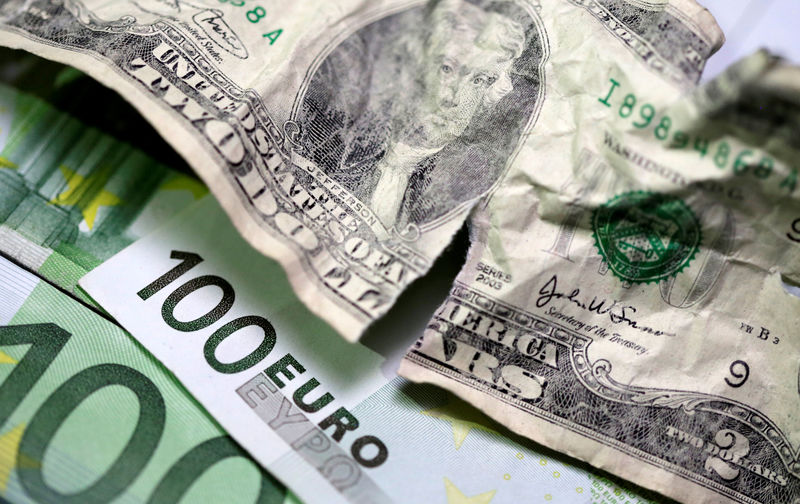Pilgrim Global buys Sable Offshore (SOC) shares worth $14.7m
Investing.com -- The euro is in the early stages of a multi-year bull market that could eventually take EUR/USD to 1.40, a BCA Research strategist said Monday.
While a near-term consolidation is likely after the pair’s nearly 15% rally since January, the long-term outlook remains bullish, supported by both structural shifts in Europe and mounting imbalances in the U.S. BCA expects EUR/USD to consolidate around 1.12 through the summer and into the fall, before resuming its uptrend.
“The dollar bear market is just getting started. Consequently, EUR/USD still has many bright days ahead,” said Jeremie Peloso, BCA’s chief Europe strategist, in a note.
The team sees the pair reaching 1.25 over the next 12 months, with an eventual move to 1.40 as structural forces continue to play out.
A key driver behind this call is the growing pressure on the U.S. balance of payments. America’s current account deficit stands at 4.6% of GDP, while its net international investment position (NIIP) has deteriorated to -91% of GDP.
In contrast, the Eurozone runs a surplus and has a positive NIIP. As Peloso puts it, “The euro’s structural advantage over the dollar is growing.”
On the European side, macro fundamentals are improving. The region is emerging from stagflation into a low-inflation recovery, supported by lower energy costs and the end of fiscal austerity.
Structural reforms and renewed political momentum behind deeper integration are also enhancing the euro’s appeal.
While the long-term outlook appears bullish, BCA warns of near-term headwinds. The euro is overbought, EUR/CNY has reached an 11-year high—raising competitiveness concerns—and European equities are beginning to show signs of strain.
Still, the strategists argue that “policy divergence and valuation support the euro on dips.”
Valuation models back the bullish thesis. Even after its recent run, EUR/USD remains 12% below its purchasing power parity level.
“Historically, overvaluation is corrected by undershooting, not just returning to fair value,” Peloso notes, adding that the euro traded above 1.40 before the sovereign debt crisis—a level it sees as achievable again.
